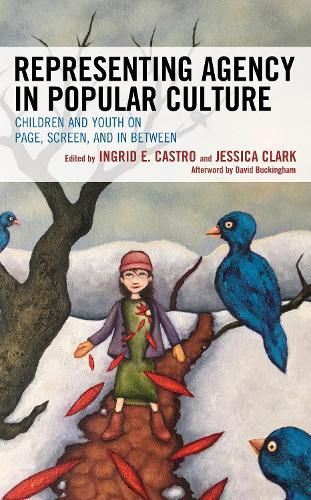Readings Newsletter
Become a Readings Member to make your shopping experience even easier.
Sign in or sign up for free!
You’re not far away from qualifying for FREE standard shipping within Australia
You’ve qualified for FREE standard shipping within Australia
The cart is loading…






Representing Agency in Popular Culture: Children and Youth on Page, Screen and In-Between addresses the intersection of children’s and youth’s agency and popular culture. As scholars in childhood studies and beyond seek to expand understandings of agency, power, and voice in children’s lives, this book places popular culture and representation as central to this endeavor. Core themes of family, gender, temporality, politics, education, technology, disability, conflict, identity, ethnicity, and friendship traverse across the chapters, framed through various film, television, literature, and virtual media sources. Here, childhood is considered far from homogeneous and the dominance of neoliberal models of agency is questioned by intersectional and intergenerational analyses. This book posits there is vast power in popular culture representations of children’s agency, and interrogation of these themes through interdisciplinary lenses is vital to furthering knowledge and understanding about children’s lives and within childhood studies.
$9.00 standard shipping within Australia
FREE standard shipping within Australia for orders over $100.00
Express & International shipping calculated at checkout
Representing Agency in Popular Culture: Children and Youth on Page, Screen and In-Between addresses the intersection of children’s and youth’s agency and popular culture. As scholars in childhood studies and beyond seek to expand understandings of agency, power, and voice in children’s lives, this book places popular culture and representation as central to this endeavor. Core themes of family, gender, temporality, politics, education, technology, disability, conflict, identity, ethnicity, and friendship traverse across the chapters, framed through various film, television, literature, and virtual media sources. Here, childhood is considered far from homogeneous and the dominance of neoliberal models of agency is questioned by intersectional and intergenerational analyses. This book posits there is vast power in popular culture representations of children’s agency, and interrogation of these themes through interdisciplinary lenses is vital to furthering knowledge and understanding about children’s lives and within childhood studies.